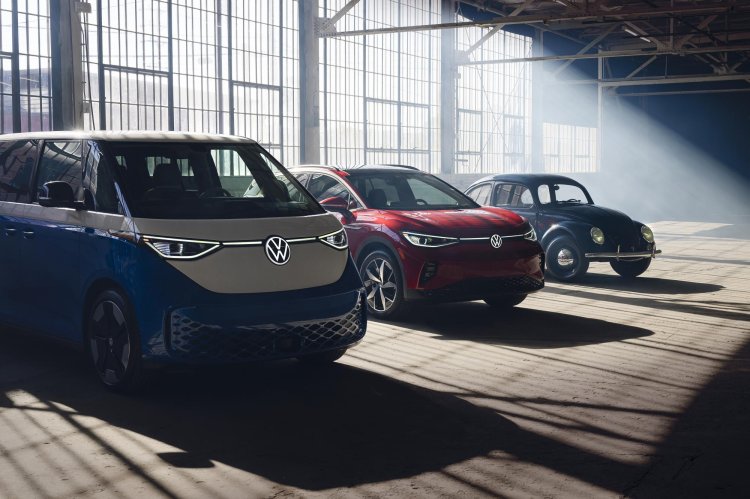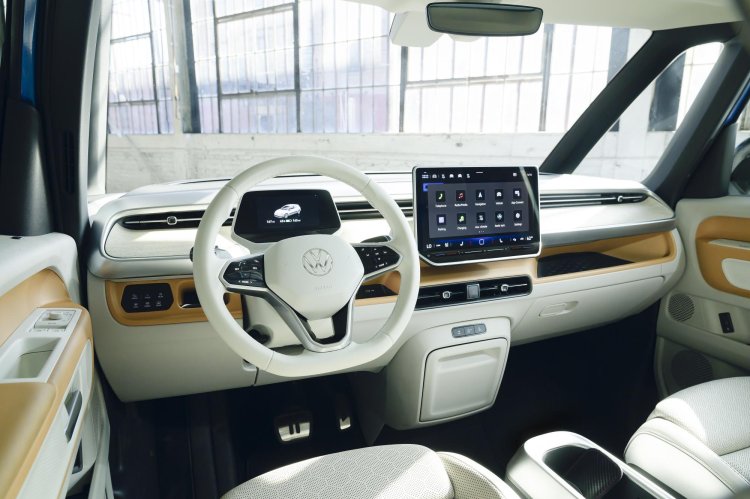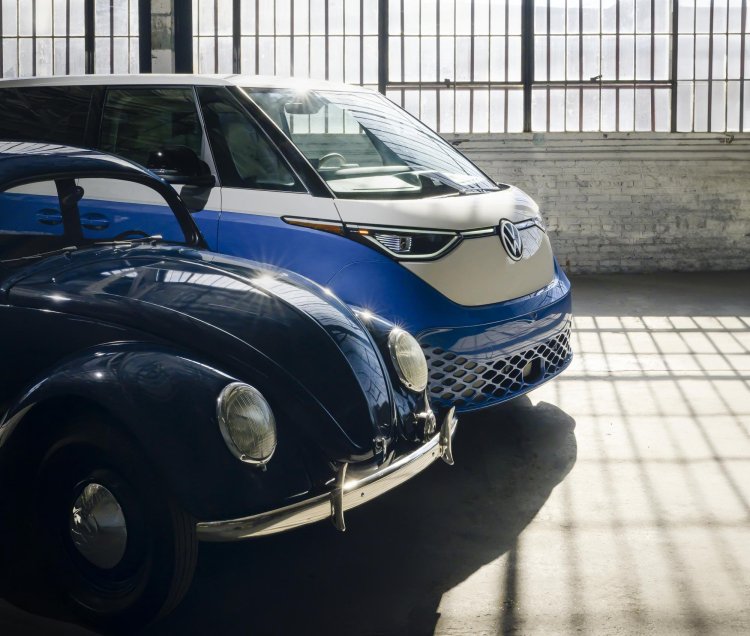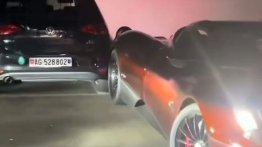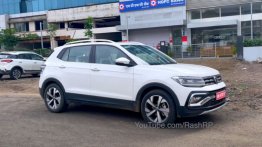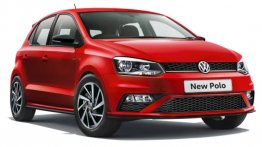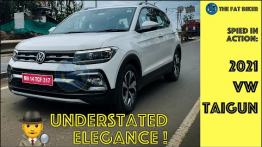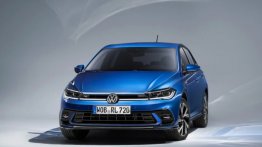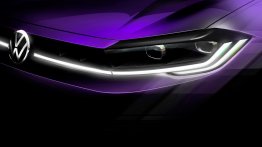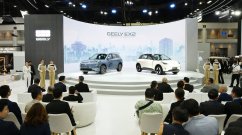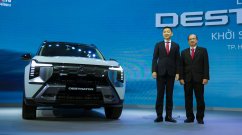Exactly 75 years ago, two Volkswagen Type 1 vehicles landed on the shores of New York, marking the first attempt to sell the vehicle, better known today as the Beetle, to Americans. Seventy-five years later, the iconic automaker is celebrating its humble beginnings, recognizing those who have woven the brand into the cultural fabric of the U.S. and setting the stage for the next era in its continued transformation.
To celebrate the momentous anniversary, the brand is announcing a year-long holistic campaign that will serve as a love letter to the American people, and an invitation to be part of Volkswagen’s electric future.
Moments are being planned throughout the year to spotlight the people, products and places that have defined one of America’s best-known brands. The 75th anniversary campaign will include Volkswagen’s return to Super Bowl LVIII following a hiatus from advertising in The Big Game.
VW through the decades
In 1949, Dutch businessman Ben Pon arrived in New York with two Volkswagen Type 1 vehicles. While Pon struggled initially to sell the cars, Americans soon warmed to the charms of the Beetle. Volkswagen of America was established in 1955 to organize dealers and provide parts and service. In 1959, the brand ran its first iconic “Think Small” ad touting the benefits of the air-cooled, easy-to-maintain Beetle.
From the Beetle and the Bus, through the Rabbit, Jetta and GTI, and to the Tiguan and Atlas, Volkswagen has always maintained its status as “the people’s car”—delivering not just great value in transportation, but fun-to-drive cars with a unique style.
The Beetle, Bus and more niche models like the Karmann Ghia were essential parts of ‘60s culture, from Woodstock to Hollywood. Volkswagen responded to demand by adding vehicles like the Dasher and Squareback to its model line. The ‘70s brought demands for even more efficient models, and the first-generation Scirocco joined the lineup, followed by the Golf with its American name—the Rabbit.
Volkswagen built its first U.S. plant in Westmoreland, Pennsylvania in 1978, and eventually assembled more than 1.1 million Rabbits there. That plant also assembled Volkswagen’s first American sporty car, the Rabbit GTI, a model that would win over generations of fans and spawn several hot-hatch competitors.
Throughout the 1980s and ‘90s, Volkswagen offered an increasing level of sophistication and refinement in models like the Jetta and Passat. As retro culture came into vogue in the ‘90s, Volkswagen showed the Concept 1, a reimagination of the classic Beetle. It was so well received that the brand launched the New Beetle in 1998.
The company broke ground on its Chattanooga assembly plant in 2008, signaling a shift to localized production in one of the brand’s key growth markets. Since that time, the company has invested more than $4.3 billion in its Tennessee operations and created more than 125,000 direct and indirect American jobs. In July 2022, the plant began production of its all-electric ID.4 compact SUV, its first electric vehicle assembled in the United States. The plant is also home to the award-winning Atlas and Atlas Cross Sport SUVs.
In 2023, the brand unveiled its next two vehicles in its growing electric portfolio: the ID.7 and the three-row ID. Buzz. Available later this year, the all-electric ID. Buzz pays homage to the brand’s iconic Microbus with a retro design, equipped with advanced EV technology and driver-assistance features. Also slated for the second half of 2024, the ID.7 is the first all-electric Volkswagen in the premium midsize sedan segment. Excellent aerodynamics and a new, highly efficient drivetrain ensure long ranges and exceptional passenger comfort.
